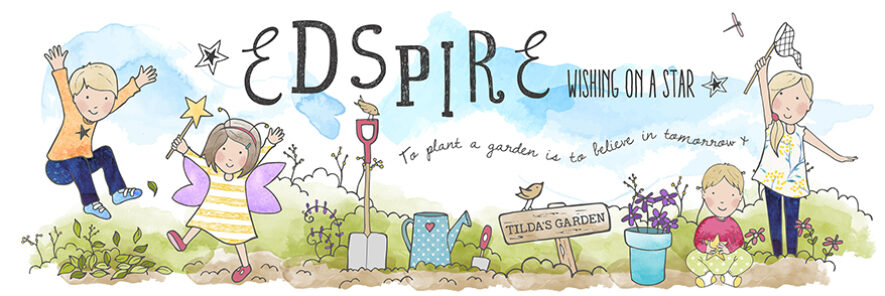“So if you ‘ave business with Faber – or Faber –
I’ll give you this tip, and it’s worth a lot more:
You’ll save yourself time, and you’ll spare yourself labour
If jist you make friends with the Cat at the door.”
TS Eliot
As Halloween is on the horizon it will soon be time for Remembrance Day.
This wonderful illustrated chapter book from Faber would be perfect to read with younger children. A gorgeous introduction to historical fiction packed with courageous and mischievous cats!
The Book Cat is based on the true story of a little cat who made his home in the Faber and Faber offices during the Second World War.
Morgan was born in London on the night of the first enemy bombers in September 1940. Through the life of the cats the story cleverly and sensitively shows young readers what happened to people during The Blitz from being evacuated to the countryside, children scavenging for food among the debris, losing their loved ones, their homes, communities coming together to support one another and try to survive together.
The story is beautifully told by Polly Faber with warmth and gentle humour that is reflected in the gorgeous illustrations by Clara Vulliamy.
A perfect gentle tale to introduce the Second World War and The Blitz to younger readers. I am going to read this with Bea, who is my sensitive 7 year old. I think that it is perfect for upper KS1 and lower KS2 readers. She is mad about cats and books so I know that she will love the story and it will open a line of discussion about life during the Second World War. I am also hoping that it will inspire a love of historical fiction, something Esther and I both already adore.
This is the story of Morgan, the book cat. After losing his family he lives on the bombed streets of London until he finds a cosy home at a famous London publishing house, Faber and Faber. Morgan is adopted by the publisher to catch mice and be a Door Cat.
Life is good for Morgan. He has food and shelter and purpose. He is well looked after and fussed over by visiting authors. Morgan does not forget the street cats. He does not forget what it feels like to be hungry. He starts a caterwauling club, a place for cats to congregate and feed, to forget their worries a while and dance under the cover of blackout. Much as the people of the city tried to do, come together, eat together, talk together and forget their worries a while. This is such a wonderful way of talking to children about the costs of war and how people lived during The Blitz, about the blackout and why it was needed, about air raids and shelters, about making the best of things while living through the worst of times. The Blitz Spirit. It also shows how while people did carry on and make do and mend, they still ached for all all they had lost. There are some very poignant, thought provoking moments in this beautiful book. There are also some wonderful insights into the world of publishing, the role of a Book Cat and the importance of books and stories.
As the war goes on and the years go by, Morgan wants to do more to help other cats. Over time he learns a trade and he soon becomes the very best Book Cat in the business. Morgan finds himself training over twenty kittens to become Book Cats so that they might find homes with authors who need them and will look after them.
As the victory bells ring out across London, Morgan reflects on his war and remembers the family he has lost. He thinks of all the kittens that have new lives because of him.
I found the end of this book quite emotional and I am so glad that I will have the chance to read it again with Bea.
Such a heartfelt story filled with striking illustrations of a host of characterful cats. Seems books and cats go together very well. Bea already wants a kitten, I wonder if this story might convince me we need a cat,
A Book Cat of our own.
We were sent a copy of the book in exchange for an honest review
